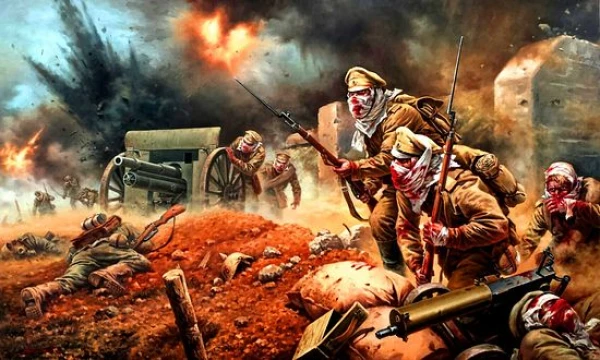
Despite discussions about innovations and high technology or artificial intelligence, the war in Ukraine still has elements of the First and Second World Wars, said former NATO Military Committee Chairman Rob Bauer in an interview with LETA on the sidelines of the Riga Conference.
Speaking about how much the military actions have changed during this war, Bauer noted that the psychological element of war is very important, meaning whether the soldier understands what he is fighting for. "Ukrainian soldiers know what they are fighting for. Russian soldiers have no idea at all. Therefore, their morale is completely different from that of the Ukrainians," he said.
The second element is the role of command, where people at the highest level determine why something is important and what needs to be achieved, and then at the lowest level, decisions are made about how to do it, Bauer explained.
He emphasized that in the spring and early summer of 2022, Ukrainians regained 50% of what the Russians had captured because the leadership and initiative of this mission were at the company level. "When company commanders essentially saw the opportunity and realized they had to take back everything that belonged to them, they did it. Meanwhile, the Russians had to call Moscow about every change," Bauer said.
Thirdly, despite the debates about innovations, high technology, or artificial intelligence, elements of the First and Second World Wars are still present in military actions. According to him, trench warfare is making a comeback.
"Mud and blood are still part of war. Infantry is still part of war," Bauer emphasized.
Fourthly, drones have emerged, and now it is almost impossible to hide, he explained. Thanks to drones, it is now known who is doing what in certain areas, and artificial intelligence is changing the ways of conducting war.
"As hiding becomes increasingly difficult, it is extremely important to be on the move, which means that a permanent headquarters in a building with flagpoles will no longer exist. Even for a large formation like a division or army corps with 100,000 soldiers. Mobile voice communication and data transmission are necessary for conducting operations on the move," Bauer explains.
Artificial intelligence has brought a certain degree of automation to war, and much will depend on how we allow it to develop, Bauer added.


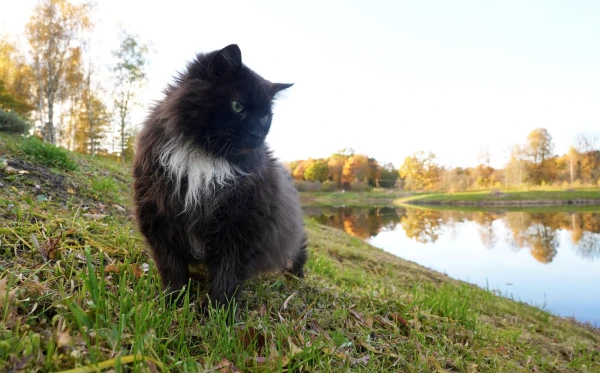

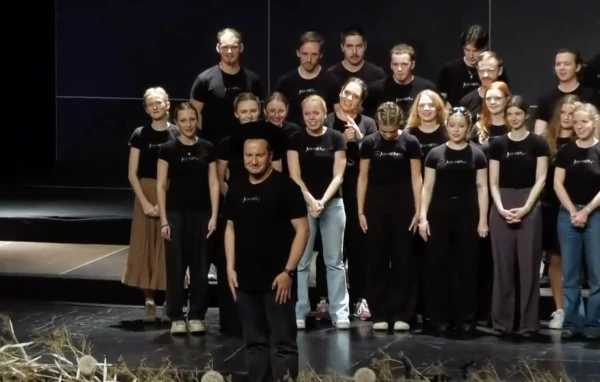
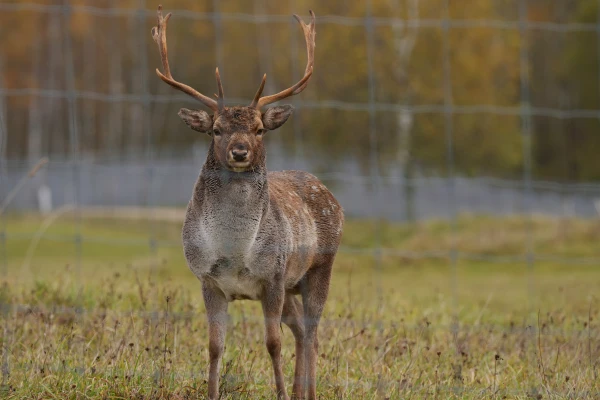


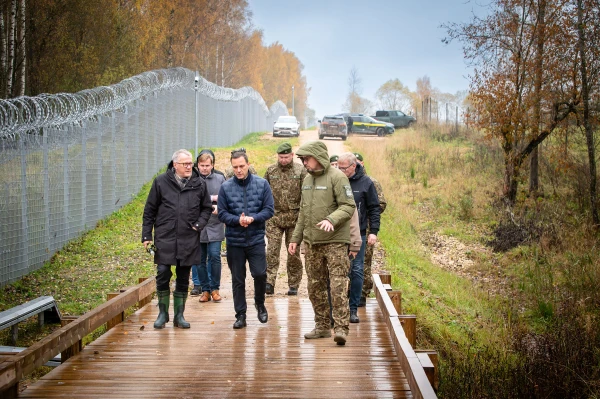



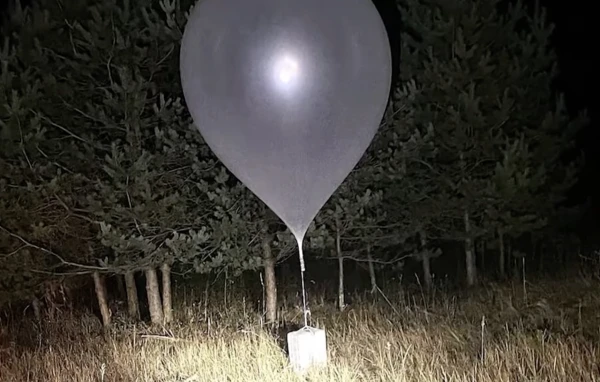
Leave a comment